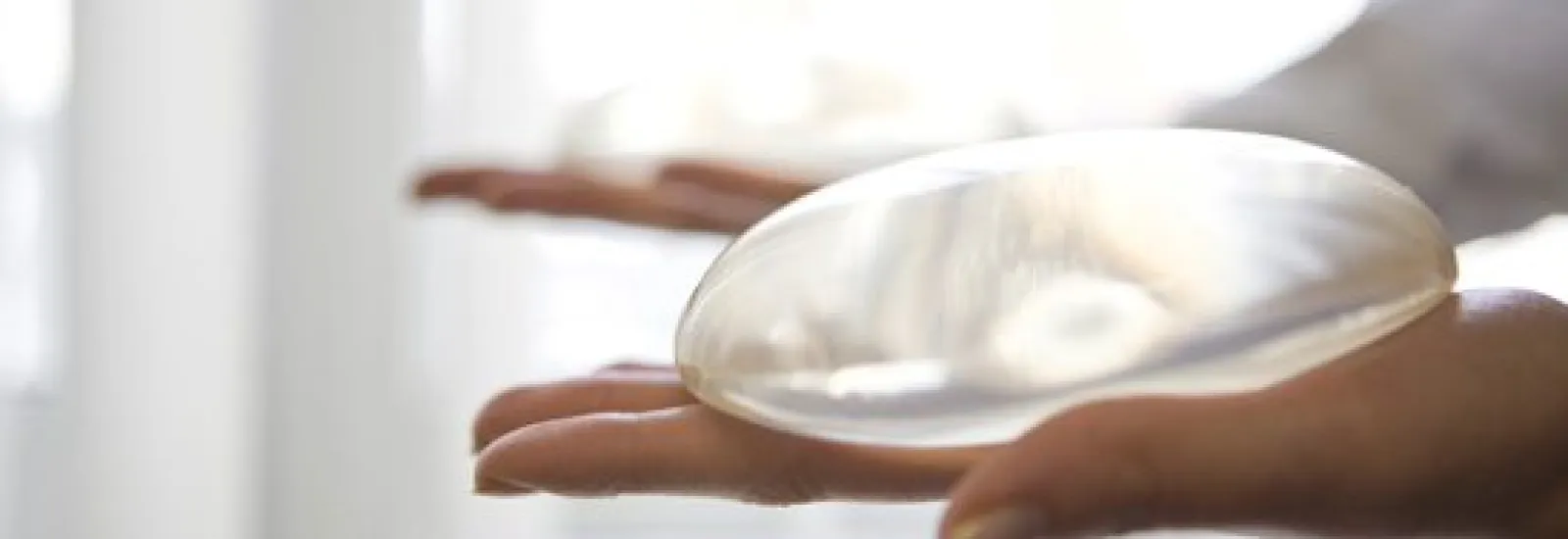
Types of breast implants: A brief guide
Once you’ve made the big decision to get breast augmentation surgery you still have many more decisions to make. What surgeon should you use? What breast implants should you get? Although there are two main types of breast implants — saline and silicone — there are still many more options within those subtypes.

This type consists of a silicone shell filled with sterile saltwater. One advantage to saline implants is that they can be filled within a range of volumes. This is helpful if you have some asymmetry between your breasts and need different sizes. One type of saline implant is a structured implant which means that the shell has an inner structure to give a more natural feel according to the American Society of Plastic Surgeons (ASPS).
The Food and Drug Administration (FDA) has approved saline implants for women over age 18. If the shell were to leak or rupture your body will safely absorb the saline. However the implant would collapse and eventually need to be removed.
Silicone implants
Silicone implants have come a long way over the years. They’re filled with a silicone gel and the gel stays in place or may leak into the breast implant pocket ASPS noted. Five types of silicone implants are approved by the FDA for women aged 22 and older.
Silicone implants tend to feel more natural than saline but the size and shape can’t change as saline can. You have a few choices with silicone implants including:
- Gummy bear implants – Also called form-stable these gels hold their shape even if the implant shell were to rupture the Smart Beauty Guide noted. They won’t collapse but tend to feel firmer.
- Textured breast implants – These use scar tissue to hold the implant in place preventing them from moving inside the breast implant pocket.
- Round and teardrop-shaped implants – Round implants have more projection and less of a rippling effect on the skin than other implant types. Teardrop implants are intended to give a natural shape; however you may not need the shaping effect if you already have existing breast tissue you’re trying to enhance.
- Smooth implants – These have a softer feel and provide more natural movement.
Safety and other considerations
In general silicone and saline implants don’t pose major health risks. The FDA cautioned that breast implants aren’t meant to last a lifetime. They’ll eventually need to be removed and replaced. Implants can also move out of position especially types that allow for more natural movement. The FDA recommended that if you have silicone implants you should have an MRI every couple years to check for ruptures or leaks in the implant shell.
Having a detailed conversation with your surgeon is the best way to choose from the types of breast implants. They’ll help you make a decision based on your goals your body type existing breast tissue and your lifestyle.
To learn about options with Reid Health visit Reid Health Plastic & Reconstructive Surgery.
Image source: Wikimedia Commons

